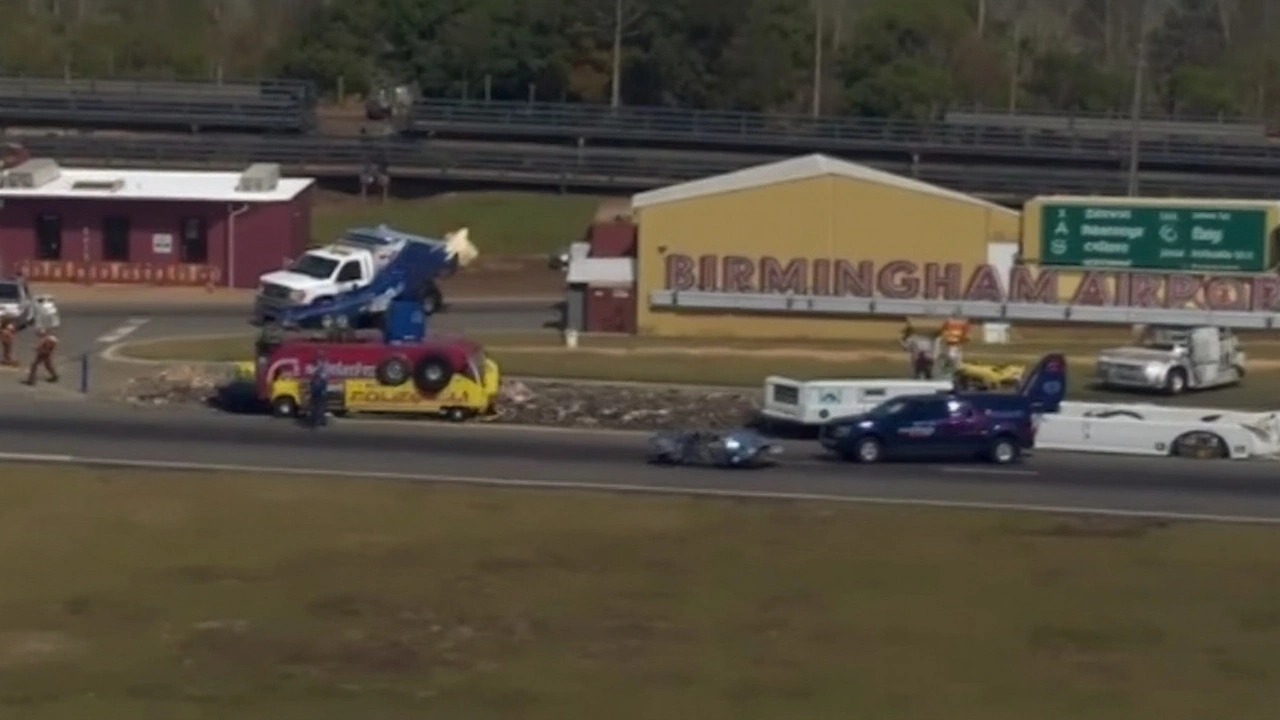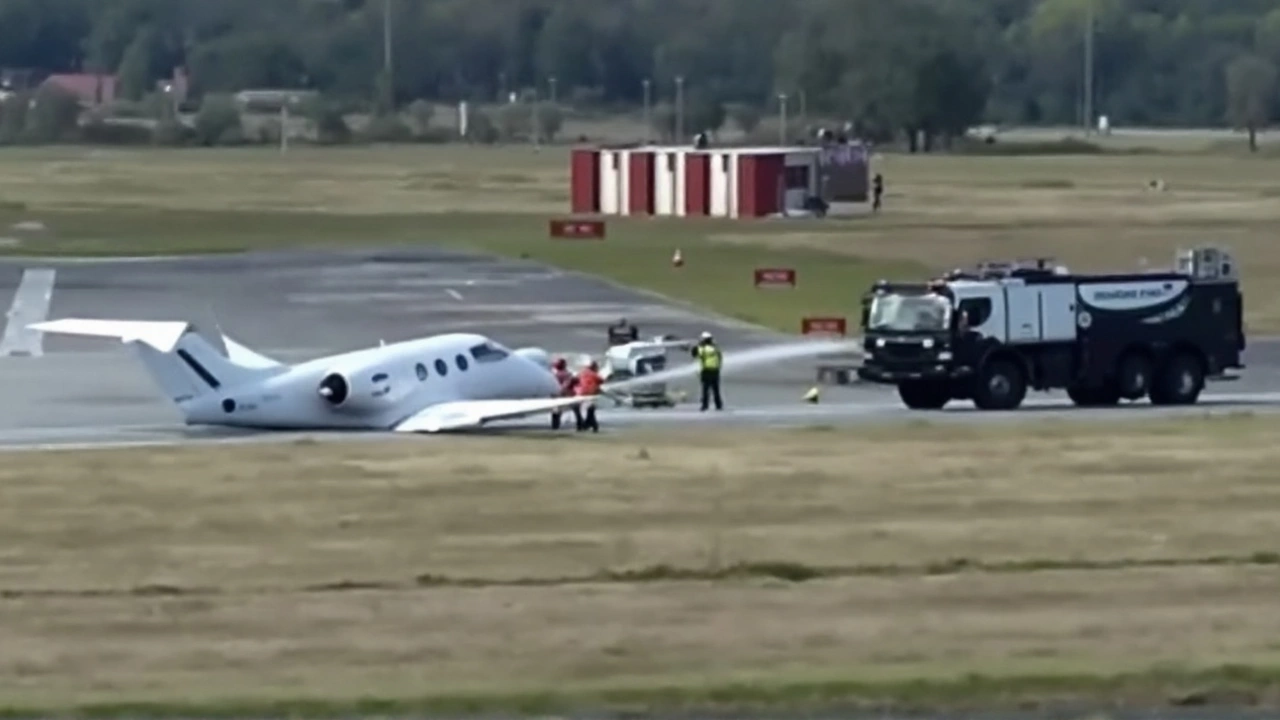Emergency Landing at Birmingham Airport Throws Travel Into Disarray
Wednesday morning at Birmingham Airport didn't start quietly. Just after sunrise on 6 August 2025, a Beech Super King Air aircraft, operated by Woodgate Aviation, suddenly became the center of attention. The plane—carrying three passengers—was headed to Belfast International but ran into a nerve-wracking issue: landing gear trouble right after takeoff.
The pilots quickly realized something was up. Their indicator lights said the gear wasn't fully locked in place. They asked air traffic control for help, and soon, the airport was watching as the aircraft did a low, anxious fly-by. Trained eyes on the ground saw what the crew feared— the gear was only partly retracted, hanging awkwardly instead of being secure. Tension mounted as the plane circled, burning off fuel and waiting for the safest chance to land.
When the landing finally came, it wasn’t smooth. The gear collapsed on touchdown and the *Beech Super King Air* skidded awkwardly along the tarmac, scraping and sparking. Emergency crews rushed in as soon as the dust settled. They moved quickly to check everyone on board; luckily, the passengers and crew managed to escape without serious injuries. West Midlands Police later confirmed one person had a minor injury, but all three were checked and treated at the scene. People who got off the plane spoke about their overwhelming relief at being safe, some shaking after the ordeal.

Thousands of Passengers Face Disruptions and Delays
While everyone on board was safe, the drama was far from over. For travelers in Birmingham Airport’s crowded terminals, the sight outside was a worry: the crashed plane sat front and center on the only main runway, surrounded by flashing lights, fire engines, and investigators. With safety teams working by the book, airport authorities had no choice but to keep the main runway closed—meaning flight disruption spread fast.
Social media became a flood of frustration and anxiety. Photos of the Beech King Air, tilted and stranded, circulated online. There were travelers in the terminals explaining to friends and family—over video calls and text messages—why they might miss weddings, meetings, or holidays. People sat in departure lounges staring at departure boards, watching flight after flight go from “On Time” to “Delayed” or “Cancelled.” Not just a few: thousands of journeys were thrown into chaos. Some passengers teared up as hours dragged on; airport staff did their best to offer updates, but certainty was in short supply.
By afternoon, the recovery operation finished and the runway finally reopened. The airport’s announcement contained both relief and an apology to the swarm of stranded travelers. Airlines scrambled to reschedule and reroute, but for many, plans were stranded for hours, if not the rest of the day. There were long rebooking lines and run on taxis and buses as people attempted to salvage their ruined schedules.
Behind the scenes, authorities praised the response of emergency services and emphasized that, above all, safety was their top concern. Every step—checking for fuel leaks, examining the crash site, and clearing the debris—had to follow strict protocol, even as impatience grew in the airport halls. By evening, most flights were starting to move again but delays rippled on, with frustrated travelers left piecing together new plans and sharing their stories online.
